Nationality American Role Artist Known for artist, writer | Siblings John Brainard Name Joe Brainard | |
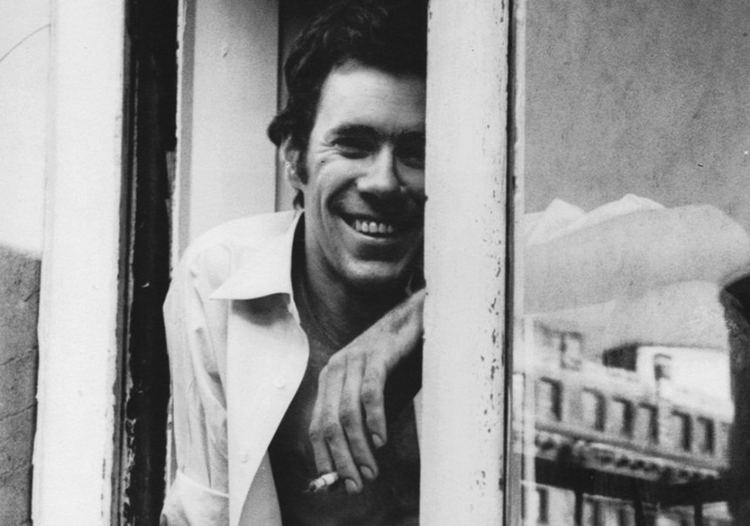 | ||
Died May 25, 1994, United States of America Artwork Art Nouveau Fish Bowl, Foot Landscape, Three Pansies Movies I Remember: A Film About Joe Brainard, Money Similar People Kenward Elmslie, Matt Wolf, Rudy Burckhardt | ||
I remember a film about joe brainard trailer
Joe Brainard (March 11, 1942 – May 25, 1994) was an American artist and writer associated with the New York School. His prodigious and innovative body of work included assemblages, collages, drawing, and painting, as well as designs for book and album covers, theatrical sets and costumes. In particular, Brainard broke new ground in using comics as a poetic medium in his collaborations with other New York School poets. He is best known for his memoir I Remember, of which Paul Auster said: “It is . . . one of the few totally original books I have ever read.”
Contents
- I remember a film about joe brainard trailer
- Public secrets joe brainard
- Life
- Visual and literary work
- I Remember
- Solo exhibitions
- References
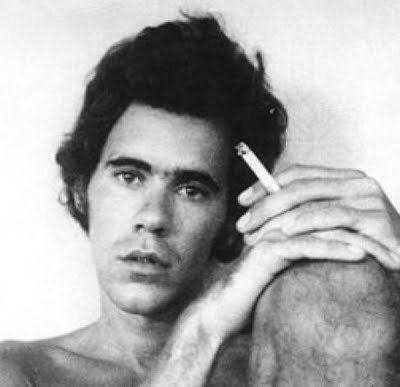
Public secrets joe brainard
Life

Joe Brainard was born March 11, 1942, in Salem, Arkansas, and spent his childhood in Tulsa, Oklahoma. He is the brother of painter John Brainard.
Brainard became friends with Ron Padgett, Dick Gallup, and Ted Berrigan during high school while working on the literary journal The White Dove Review, which was printed five times during 1959/1960. The 18-year-old Brainard joined the journal as its art editor after fellow Central High classmate Padgett sent Brainard an anonymous Christmas card praising his work.

After high school, the artist re-united with the White Dove boys in New York City shortly after leaving the Dayton Art Institute.
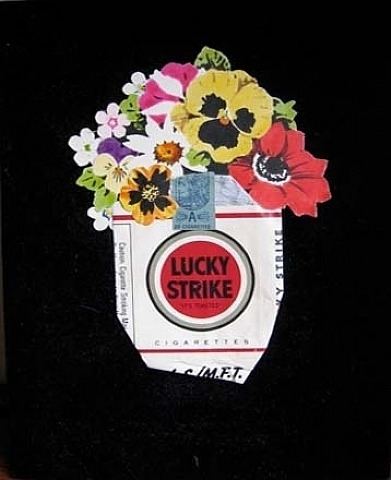
By 1964, Brainard had already had his first solo exhibition and was ensconced in a circle of friends that included Frank O'Hara, Kenneth Koch, Alex Katz, Edwin Denby, Larry Rivers, Fairfield Porter, James Schuyler, Jane Freilicher, Virgil Thomson, John Ashbery, among many others. He also began a relationship with Kenward Elmslie which lasted much of his life, despite having other lovers. He found much success as an artist, until he removed himself from the art-world in the early 1980s. He devoted the last years of his life to reading.
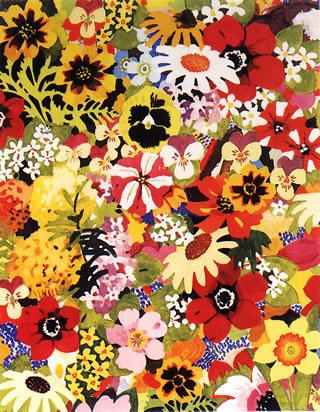
Brainard died of AIDS-induced pneumonia May 25, 1994.
Visual and literary work

Brainard began his career during the early Pop Art era, and while his work has a certain affinity with Pop Art, it does not fit the definition of the genre:

Brainard knew and admired Warhol (Brainard sat for a Warhol screen test in 1964) . . . but he was never a Pop artist in the strict sense. Warhol and Lichtenstein maintained an ironic distance from their subject matter. Brainard's relationship to the material world of popular culture was one of affection or amusement or both. Moreover, he was too protean to be stuck with Pop or any other label. In what now would be considered Postmodern fashion, he drew his materials and images from everywhere.
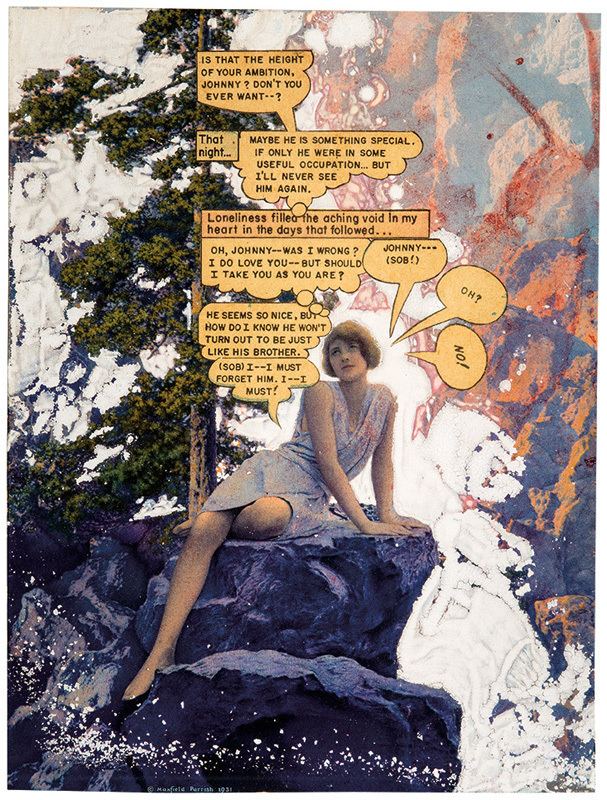
— Constance M. Lewallen
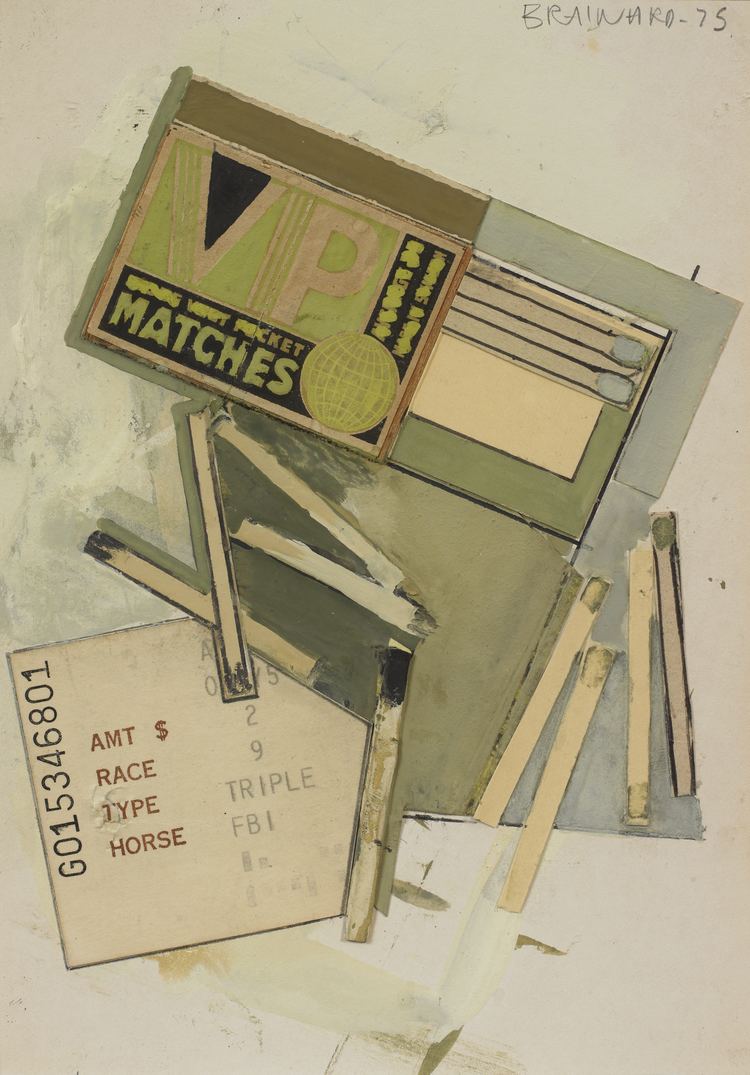
The inimitability of Brainard's work is located partly in its resistance to categorization, in its breadth, and in its rapport with and awe of the quotidian:
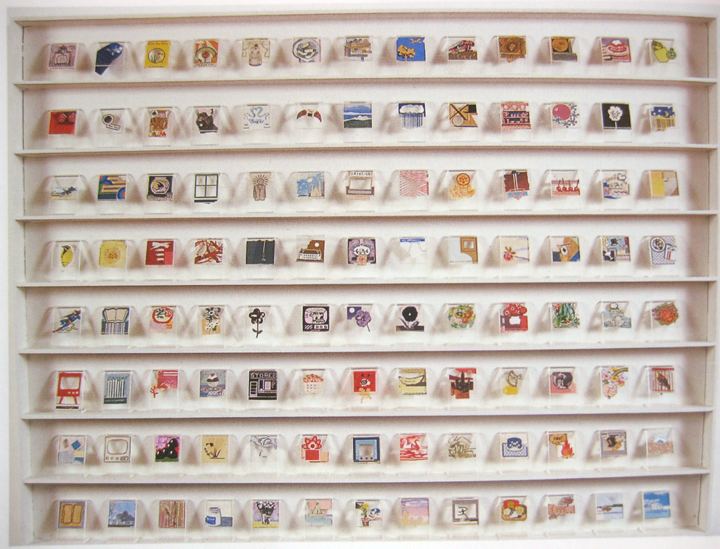
Joe Brainard is one of those unclassifiable artists . . . who do several things well. In his case this resulted not in separate compartments but a unified whole . . . . The same qualities shine forth in all that he produced: clarity, bold simplicity, accuracy of execution and feeling, humor, casual elegance, a charm that invites his audience in rather than keeping them at arm's length, and something grander but determinedly low key and offhand, a sense of the ordinary as sacramental.
— from Hello Joe: A Tribute to Joe Brainard
Particularly in the collages, drawings and small works on paper, Brainard transformed the everyday into something revelatory:
[Brainard] seems to have been drawn to forms of containment, in which the unruly or rupturing experiences of life are brought into the kind of reductive clarity that we often associate with classical modalities . . . . Not surprisingly, along with this gift for distillation, Brainard had an uncanny eye for essential, revelatory detail; these contribute to the vivid immediacy and spontaneity of his work. In essence, such specific distillations can be understood as a form of abstraction, not the abstraction we affiliate with non-representational art, but something perhaps closer to the poetics we have come to associate with the New York School of poetry: an "aesthetics of attention" as critic Marjorie Perloff has said about its most important avatar, Frank O'Hara . . . . Distillation, specificity, and a keen sense of intimate scale allowed Brainard to locate the extraordinary in the ordinary and, curiously, something like the reverse; he could, with Nancy's help, make the extraordinary seem ordinary.
I Remember
Joe Brainard’s I Remember radically departs from the conventions of the traditional memoir. His deft juxtapositions of the banal with the revelatory, the very particular with the apparently universal accumulate into a complex depiction of his childhood in the 1940s and '50s in Oklahoma as well as his life in the '60s and '70s in New York City.
I Remember has inspired many homages, none more notable than OuLiPian Georges Perec’s Je me souviens which was dedicated to Brainard. Poet Kenneth Koch was the first to utilize I Remember in the classroom as a prompt in teaching children to write poetry. The simplicity of the form has had great appeal to both writers and teachers, and most who use it are unaware of its origins.
In 1998 filmmaker Avi Zev Weider premiered his short film I Remember at the Sundance Film Festival. The film, an adaptation of Brainard's book, went on to play over 25 film festivals worldwide. Novelist Paul Auster was the Executive Producer on the film. The film stars John Cameron Mitchell and Liam Aiken.
In 2012 filmmaker Matt Wolf released the short I Remember: A Film About Joe Brainard using archival film footage and recordings of Brainard's readings.
In 2014 Mexican author Margo Glantz wrote Yo también me acuerdo.
Solo exhibitions
Selected Collections include Berkeley Art Museum, Chase Manhattan Bank, Baron Guy de Rothschild, Fogg Museum, Harvard; Metropolitan Museum of Art, Museum of Modern Art, Rhode Island School of Design Art Museum, Time-Life, Inc,. Whitney Museum of American Art, among others. The Mandeville Special Collections Library at UCSD also has a large archive of works by and about Brainard collected by Robert Butts from 1960 to 1992.
His work in theater included set designs for Frank O'Hara's The General Returns from One Place to Another and LeRoi Jones's The Baptism. Brainard also did sets and costumes for the Louis Falco Dance Troupe and the Joffrey Ballet Company.
